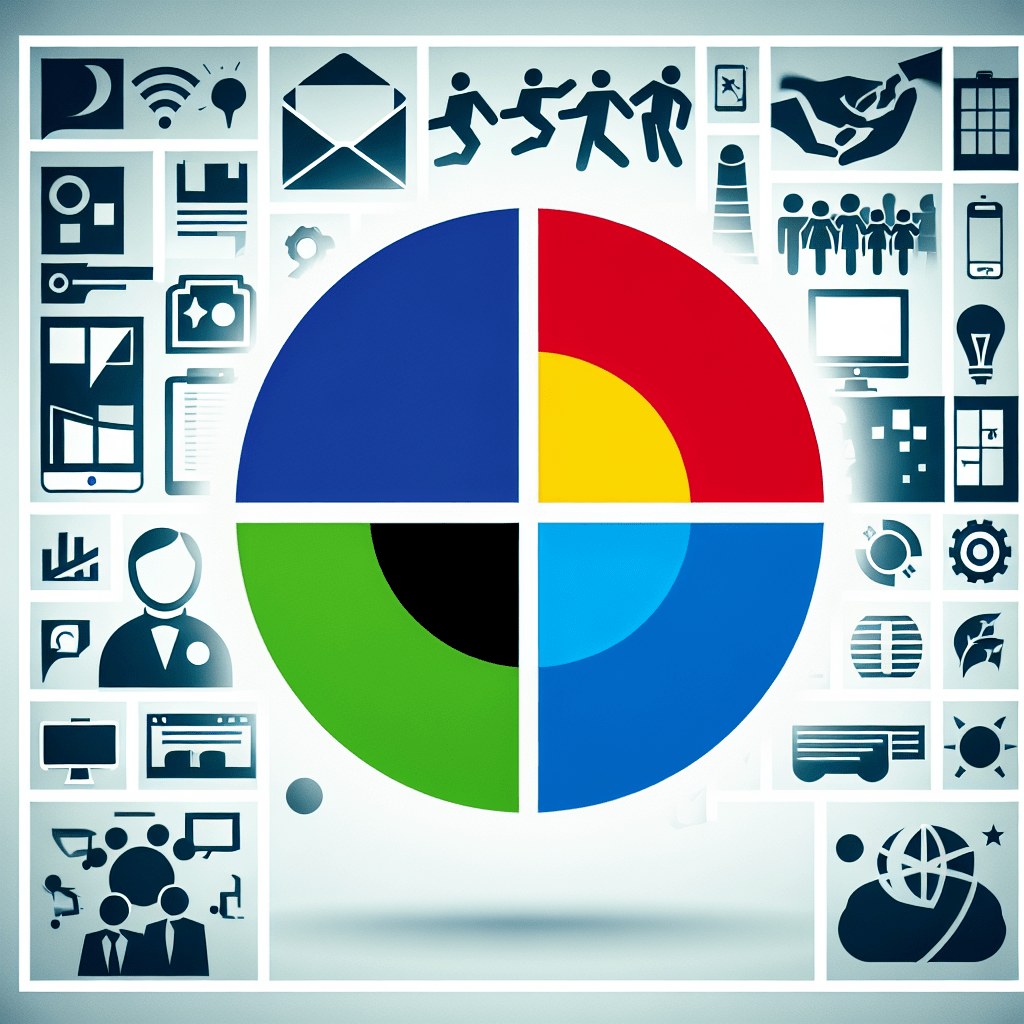The Evolution and Impact of Microsoft Corporation (MSFT)
Microsoft Corporation, commonly known as Microsoft (MSFT), is one of the most influential technology companies in the world. Founded on April 4, 1975, by Bill Gates and Paul Allen, the company has pioneered many advancements in computer software, consumer electronics, and personal computing. Microsoft’s journey from a small startup to a global tech behemoth offers a glimpse into the rapid development of the information technology industry and its effects on society.
Early Beginnings and Growth of MSFT
Microsoft started its journey by developing software for the Altair 8800 microcomputer. The company’s first operating system, known as MS-DOS, became widely popular after forming a partnership with IBM in 1980. This deal paved the way for the widespread adoption of personal computers (PCs).
Although MS-DOS was a text-based command-line operating system, Microsoft foresaw the potential of a graphical user interface (GUI), which resulted in the creation of Microsoft Windows. First introduced in 1985, Windows has evolved from an operating system that provided a GUI for MS-DOS to an OS with a wide range of functionalities, significantly improving user experience.
Innovation and Expansion Phases
Throughout the 1990s and 2000s, Microsoft continued to innovate and expand its product portfolio. The introduction of Office Suite was a key move in dominating productivity software. Products like Word, Excel, PowerPoint, and Outlook became indispensable tools for businesses and individuals.
The expansion wasn’t just limited to software. MSFT ventured into the gaming industry with the launch of Xbox in 2001. It has since grown into one of the leading gaming platforms alongside PlayStation and Nintendo consoles.
Diversification and Embracing New Technologies
In the last two decades, Microsoft has significantly diversified its offerings, including jumping into the fast-growing service areas such as cloud computing. Azure, Microsoft’s cloud platform, competes with Amazon Web Services (AWS) and Google Cloud as part of the surging market for cloud solutions and has become one of its most profitable ventures.
In addition to cloud services, Microsoft also took significant strides in Artificial Intelligence (AI), Machine Learning (ML), Quantum Computing, and other cutting-edge technologies.
Adaptation to Market Changes and Challenges
MSFT has also shown an ability to adapt to changes within the technology market. For example, after initially missing out on the mobile revolution led by competitors such as Apple’s iOS and Google’s Android, Microsoft pivoted towards integrating its services across different ecosystems rather than focusing solely on owning one.
Philanthropy and Corporate Responsibility
Microsoft has also been involved in philanthropy through initiatives like Microsoft Philanthropies that works to extend access to technology and empower communities.
Financial Performance
Financially, MSFT has been among the most successful corporations globally. It consistently ranks near the top of the list in terms of market capitalization, illustrating investors’ confidence in its future growth prospects.
Corporate Leadership
Leadership plays a critical role in corporate success. Bill Gates served as CEO until 2000 when Steve Ballmer took over. Under Ballmer’s leadership until 2014, Microsoft sustained growth but also faced criticism for some strategic decisions. The current CEO Satya Nadella has been credited with bringing clarity of vision to MSFT particularly with regard to cloud computing and AI.
The Future of MSFT
Looking ahead, sustainable growth for MSFT may involve facing challenges such as data privacy concerns, navigating regulatory changes globally such as the General Data Protection Regulation (GDPR), addressing competition laws, and continuously fostering innovation in a rapidly changing industry.
Notes
*Image Description:*
An image depicting Microsoft’s logo would present a clean and recognizable view featuring four colored squares – red, blue, green, and yellow. Accompanying this is likely Microsoft’s flagship products such as Windows operating system icons or an image montage displaying various key milestones from Microsoft’s historical timeline including images of co-founders Bill Gates and Paul Allen or current CEO Satya Nadella against the backdrop of their innovation journey.
